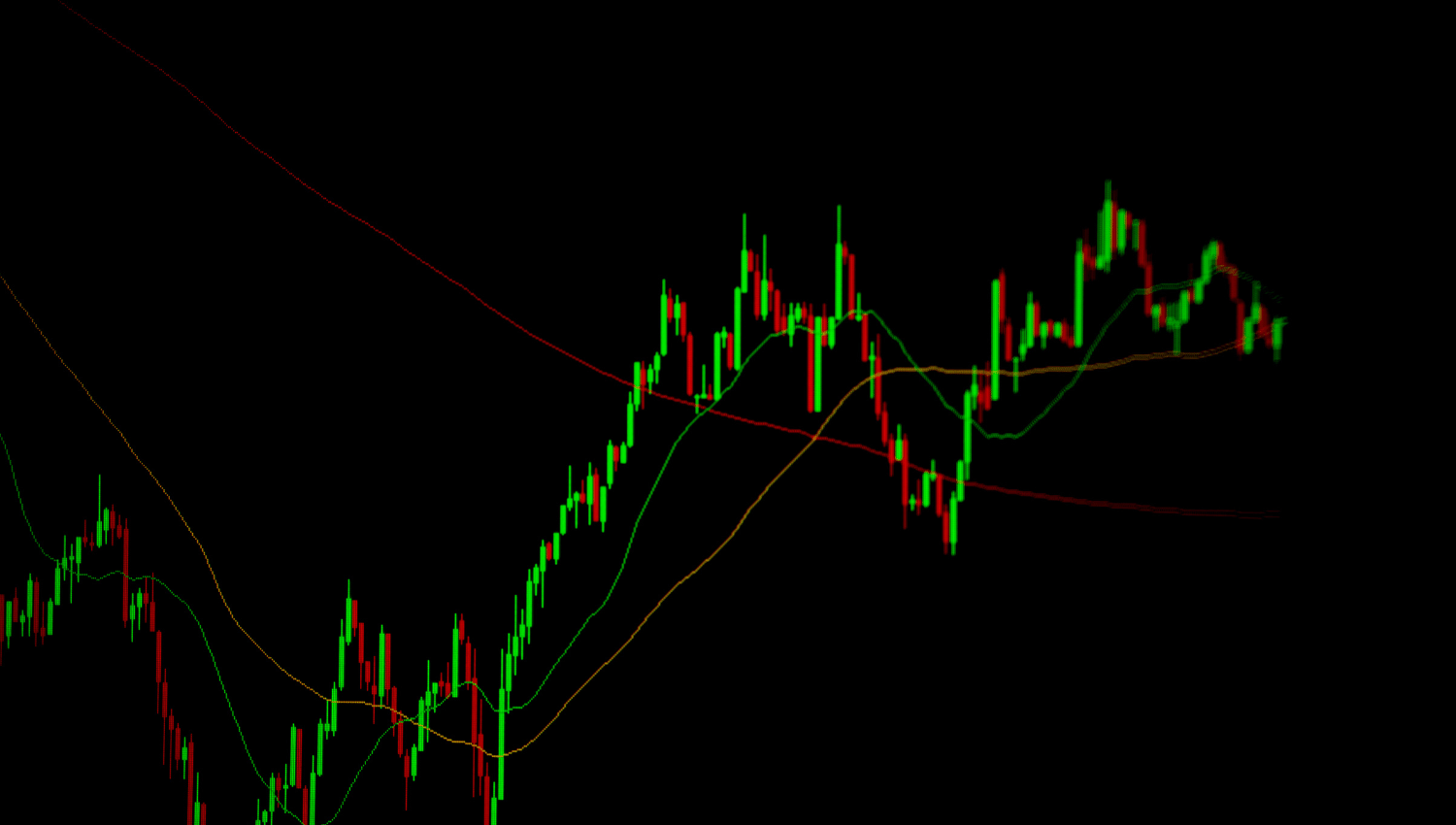Understanding market behavior is crucial for traders and investors aiming to make informed decisions. Two powerful tools that can aid in this understanding are sentiment analysis and correlation indicators. This article explores how to use these tools effectively to gauge market behavior.
1. Introduction to Sentiment Analysis and Correlation Indicators
Sentiment Analysis is the process of analyzing textual data to determine the sentiment or emotional tone behind it. In financial markets, this often involves analyzing news articles, social media posts, and financial reports to gauge investor sentiment.
Correlation Indicators measure the statistical relationship between two or more variables. In trading, these indicators help identify how different assets move in relation to one another, providing insights into market dynamics and potential trading opportunities.
2. Sentiment Analysis in Financial Markets
Understanding Sentiment Analysis
Sentiment analysis in financial markets typically involves:
- Natural Language Processing (NLP): Techniques to process and analyze large volumes of textual data.
- Machine Learning Models: Algorithms trained to classify text as positive, negative, or neutral.
- Data Sources: News articles, social media, financial reports, and forums.
Implementing Sentiment Analysis
- Data Collection: Gather textual data from various sources using APIs, web scraping, or data providers.
- Preprocessing: Clean and prepare the data by removing noise, tokenizing text, and normalizing it.
- Sentiment Classification: Use machine learning models like LSTM, BERT, or simpler algorithms like Naive Bayes to classify the sentiment.
- Aggregation: Aggregate sentiment scores to create an overall market sentiment indicator.
Applications in Trading
- Market Sentiment Index: Create an index representing the overall sentiment of the market.
- Event Detection: Identify significant market-moving events through sudden changes in sentiment.
- Trading Signals: Use sentiment scores as part of trading strategies, such as contrarian or momentum-based approaches.
3. Correlation Indicators
Understanding Correlation
Correlation measures how two assets move in relation to each other. The correlation coefficient ranges from -1 to 1:
- +1: Perfect positive correlation (assets move in the same direction).
- 0: No correlation (assets move independently).
- -1: Perfect negative correlation (assets move in opposite directions).
Common Correlation Indicators
- Pearson Correlation Coefficient: Measures linear correlation between two variables.
- Spearman’s Rank Correlation: Measures the strength and direction of the association between two ranked variables.
- Rolling Correlation: Calculates correlation over a moving window, providing insights into how relationships change over time.
Implementing Correlation Indicators
- Data Selection: Choose the assets or financial instruments to analyze.
- Calculation: Use statistical software or trading platforms to calculate the correlation coefficients.
- Interpretation: Analyze the results to understand relationships and potential trading opportunities.
Applications in Trading
- Portfolio Diversification: Select assets with low or negative correlations to reduce risk.
- Pair Trading: Identify pairs of assets with strong correlations for mean reversion strategies.
- Market Analysis: Understand sector or market-wide movements by analyzing correlations among key assets.
4. Integrating Sentiment Analysis and Correlation Indicators
Combining sentiment analysis with correlation indicators can provide a comprehensive view of market behavior.
Steps to Integration
- Simultaneous Analysis: Perform sentiment analysis and correlation calculations concurrently to gather insights from both.
- Cross-Validation: Validate sentiment analysis findings with correlation data to ensure consistency and reliability.
- Strategy Development: Develop trading strategies that incorporate both sentiment scores and correlation metrics.
Example Strategy
Sentiment-Correlation Momentum Strategy:
- Step 1: Use sentiment analysis to gauge market sentiment (e.g., bullish or bearish).
- Step 2: Calculate rolling correlations between major indices and individual stocks.
- Step 3: If sentiment is bullish and correlations indicate strong sector-wide movement, consider momentum-based trades in highly correlated assets.
- Step 4: If sentiment is bearish and correlations suggest a flight to safety, adjust the portfolio to include negatively correlated assets or safe havens.
5. Conclusion
Sentiment analysis and correlation indicators are powerful tools for assessing market behavior. By understanding and integrating these tools, traders and investors can gain deeper insights into market dynamics, develop robust trading strategies, and ultimately make more informed decisions. As technology advances, the accuracy and applicability of these tools will continue to improve, providing even greater opportunities for those who harness their power.
Disclaimer: This is not an Investment Advice. Investing and trading in currencies involve inherent risks. It’s essential to conduct thorough research and consider your risk tolerance before engaging in any financial activities.



